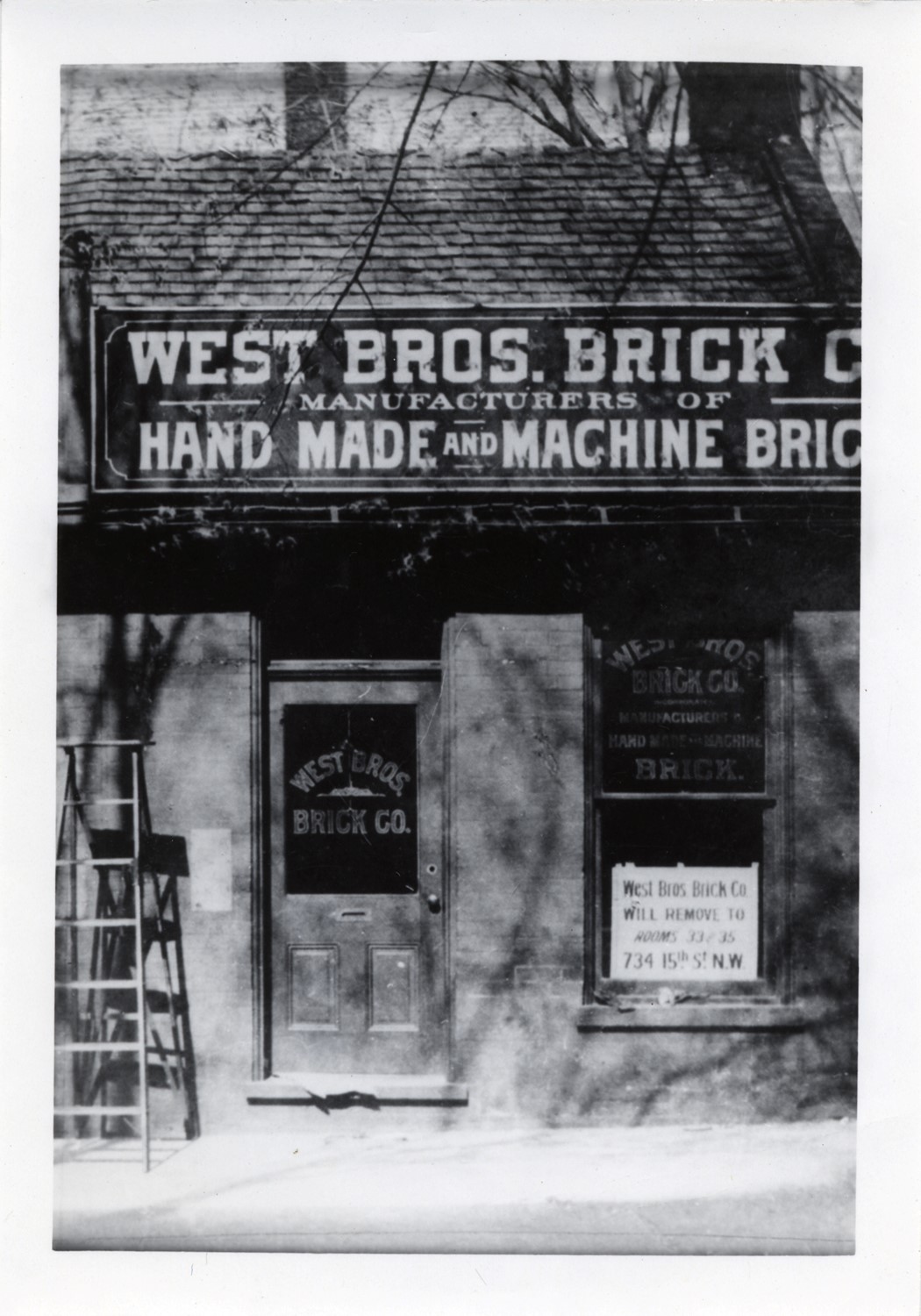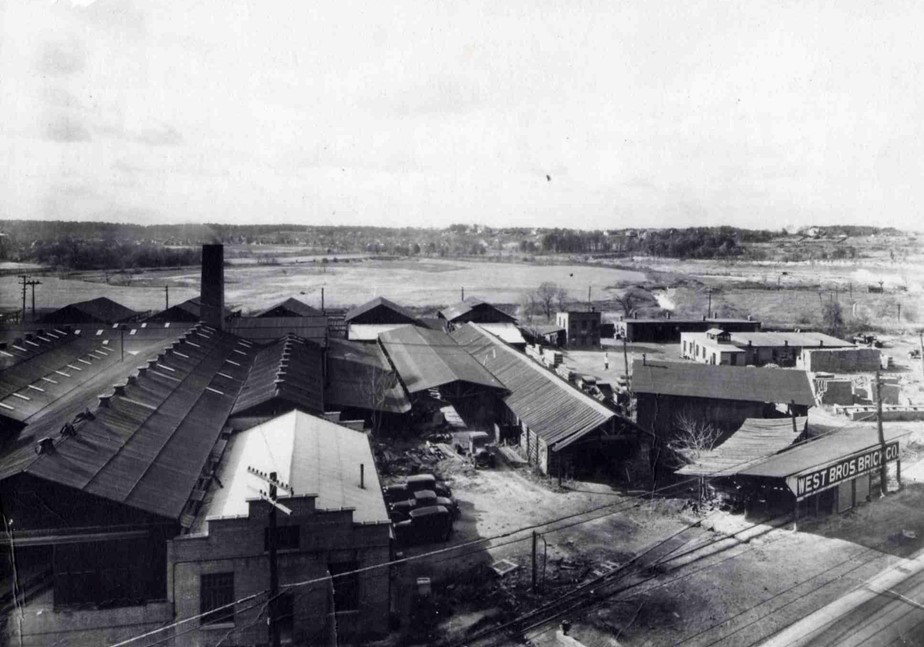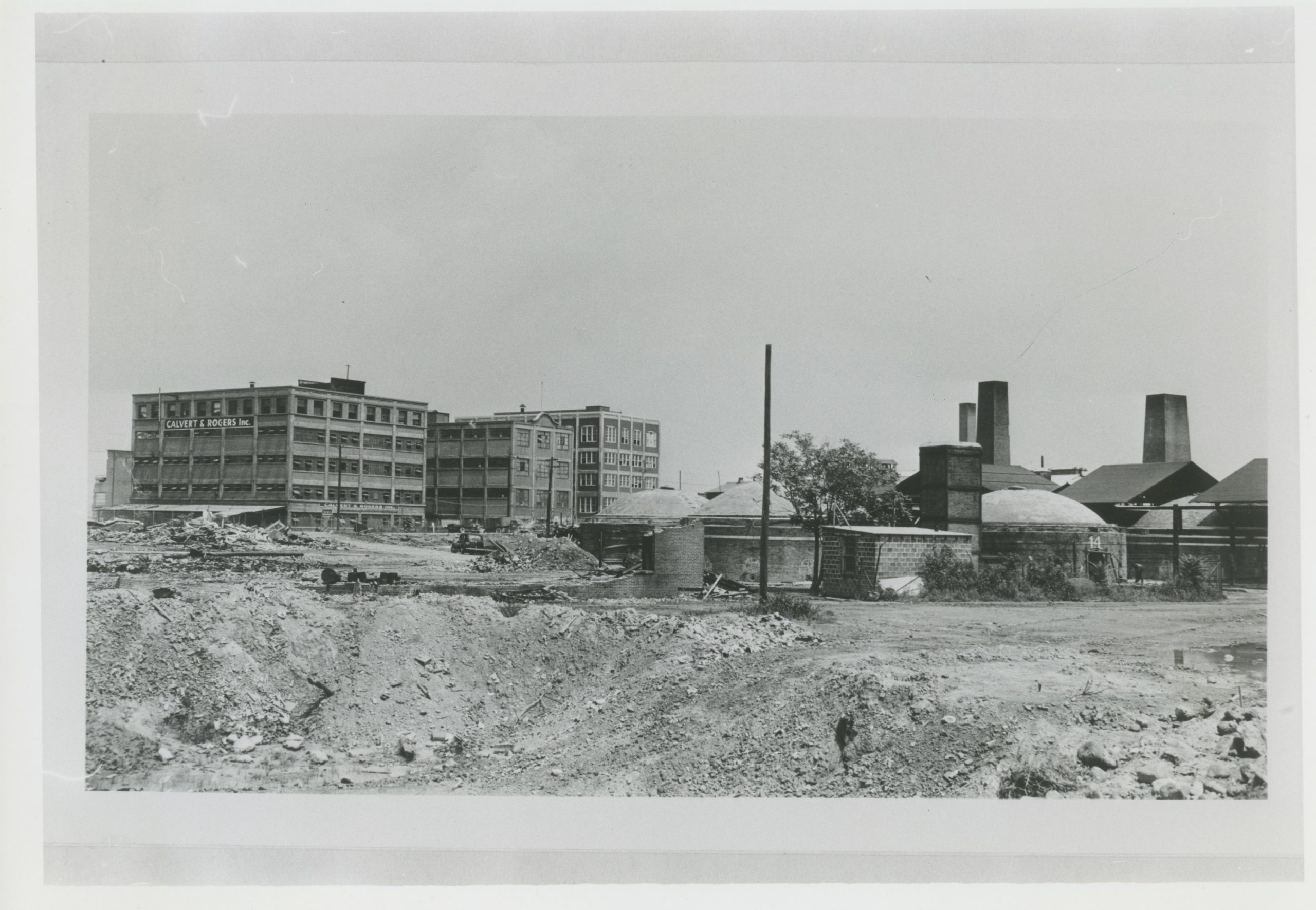Interview with Rayfield Barber

Oral histories are used to understand historical events, actors, and movements from the point of view of real people’s personal experiences.
Arlington was once a hub for brick production – providing the materials that would make up many of the homes and buildings in the area.
The West Brothers Brick Company was founded in 1844 and came to Arlington shortly after the Civil War in 1866. Boosted by clay deposits along the Potomac, the West brothers bought 40 acres and established a powerhouse production site of local brick. Other companies quickly followed suit, and the region supported 10 plants that used local clays by 1905 - mostly producing red brick, though the West Brothers also made clay tile as well.
The company remained in operation in Arlington until 1942, when the land was taken over by the federal government to build the Pentagon. About 250 people were employed by the company at this time, and the West Brothers Brick Company subsequently moved operations to Landover, Maryland.
Bricks made by the company were used in notable buildings around the Capital Region, including the White House, the Pentagon, the Supreme Court building, both Senate office buildings, and the Capitol.
In this oral history interview, Rayfield Barber discusses his time working as a machine operator at the West Brothers Brick Company. Barber began working for the company around the time of the Great Depression in 1932, working 10 hours a day for twelve and a half cents an hour. To get to work, he would take the bus from Columbia Pike in the Barcroft neighborhood, and would later walk from the brickyard to his home in Green Valley.
Barber worked for West Brothers until 1937, at which point the brick workers went on strike. Later, he worked at the Hoover Airport and the National Airport for over 50 years after the Hoover airfield closed down. As a porter, he waited on celebrities like Clark Gable, Eleanor Roosevelt, and the Kennedys, and in 1991 he was honored for his longtime service.
Narrator: Rayfield Barber
Interviewer: Edmund Campbell and Cas Cocklin
Date: July 17, 1991
Cas Cocklin: Tell us a little bit around the brickyard. How large was it more or less? And how many people were employed there? I know perhaps you don't know the exact number but roughly?
Rayfield Barber: It was a pretty large brickyard because they made bricks and tile at West Brothers Brick Company.
CC: To whom were they selling these? To the government or to private contractors?
RB: They was selling them to the government and to private contractors. They had a bunch of Dutch kilns which they start the bricks in. What would happen, they would bring this through the machine, they had one machine that ran over and over with molds in it and then clay would fall into the molds and when it come around and it had a belt, a conveyor belt . . .
CC: Now was this just one mold at a time or did they have a row of molds?
RB: No, it was a whole lot of molds in this here wheel-like thing and it was big tubs in there and it would fill up, I guess it was just 4 x 8 for the bricks and then the clay would fall in there and then pat down and when it come around it had something like a knife blade, cut it off and when they did that, the plunge would drop down and knock the bricks out and they'd come right out on this conveyor belt and they'd have men standing in line, about five men standing in line off bearing the bricks. Putting them, setting them on these carts.
CC: Were they also inspecting them at the same time, in case one was broken or something?
RB: No, if it was broken, the men would just throw that brick away.
Edmund Campbell: Where did you get clay?
RB: The clay was right now where the Pentagon City is, there's a clay field right down in there and it had a little dinky, a little engine that ran by steam.
The West Brothers brick kilns, right, were eventually razed to build Pentagon. Photo from 1942.
The goal of the Arlington Voices project is to showcase the Center for Local History’s oral history collection in a publicly accessible and shareable way.
The Arlington Public Library began collecting oral histories of long-time residents in the 1970s, and since then the scope of the collection has expanded to capture the diverse voices of Arlington’s community. In 2016, staff members and volunteers recorded many additional hours of interviews, building the collection to 575 catalogued oral histories.
To browse our list of narrators indexed by interview subject, check out our community archive. To read a full transcript of an interview, visit the Center for Local History located at Central Library.



